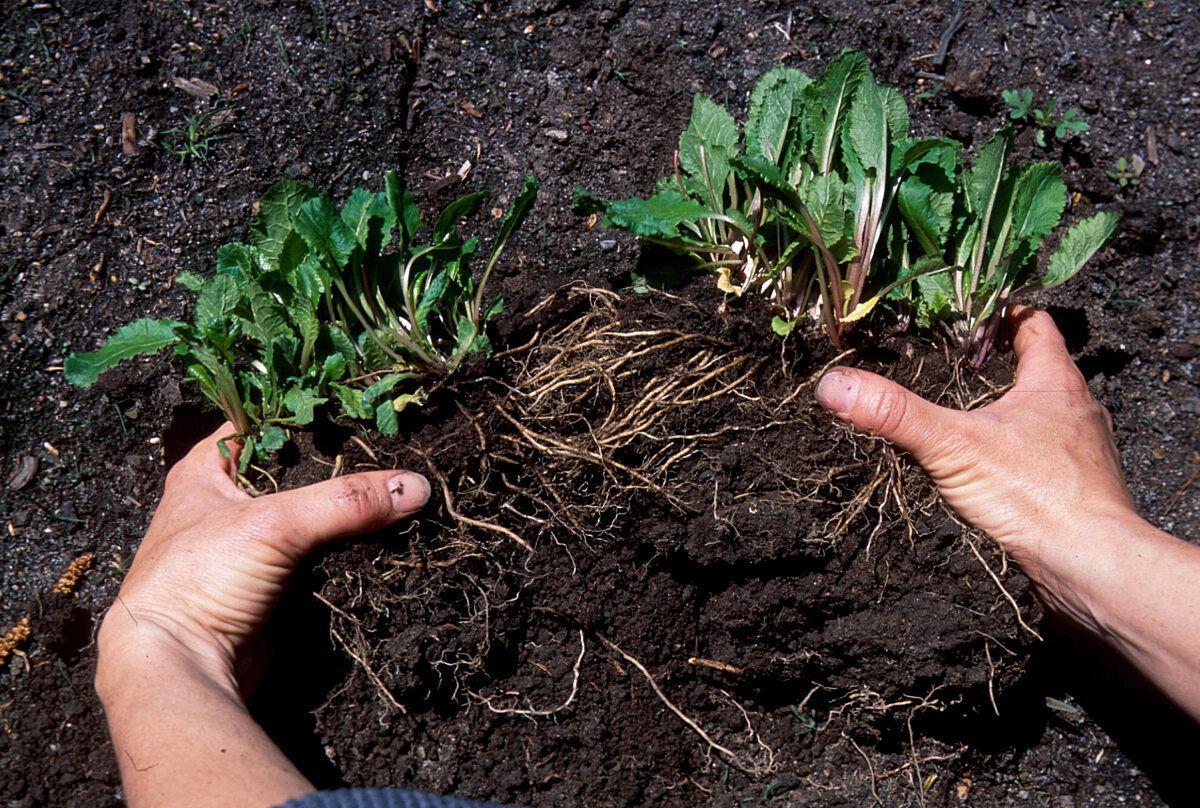For the gardener, the crisp autumnal air signifies that the hard work is done. There's finally time to walk the gardens, inspecting new plant additions and noting next season’s projects. One project that always seems to be on that list is dividing perennials. It is a task that is easy to put off, perhaps because we are not quite sure when or how to do it.
Signs of a plant needing division are when it flowers less and the blossoms are smaller, when its foliage is sparse and unhealthy, or when the center of the plant is unproductive. Three major reasons to divide are to maintain the size of a plant, to rejuvenate it, and to increase the number of specimens. By dividing rapidly spreading perennials, they are kept at a manageable size before they out-compete other plants. Dividing an older plant that has crowded itself will rejuvenate it, resulting in vigorous growth. Dividing perennials is also an excellent way to cover more garden space at a minimal cost.

Generally it's best to divide spring and summer bloomers in the fall, and fall bloomers in the spring. This schedule allows the plant to be in “storage mode” rather than in “flowering” mode, so it can put its energy into root and leaf development as it gets established. Fall divisions should take place 4-6 weeks before the ground freezes and be mulched to protect the roots and prevent heaving. Spring divisions ideally take place just as the plant begins to grow. Divide early enough to allow time for roots to get established before hot weather. If temperatures increase quickly, applying a layer of mulch will help to keep the roots cool. Be aware that perennials divided in the spring usually bloom a little later.
Before dividing, give plants a good soaking the day before and choose a cool and cloudy day. It's best to cut the stems and foliage back to about 6” to prevent loss of moisture. To reduce root damage use a spade and dig straight down about 5” away on all four sides before lifting the plant up. Once out split the plant into divisions by spade, fork, knife -- or even ax! Sometimes hosing the root mass can help you see what you are doing, but it does stress the root system. Each division should include 3-5 sections, be they stems, fans, eyes, or rhizomes. As a rule, dividing every three to five years will help keep most plants happy and healthy.
Any extra divisions are especially welcome at the Arboretum’s spring and fall plant sales. They also make great gifts to fellow gardeners. As Luther Burbank said, "Flowers always make people better, happier, and more helpful; they are sunshine, food and medicine for the soul."
